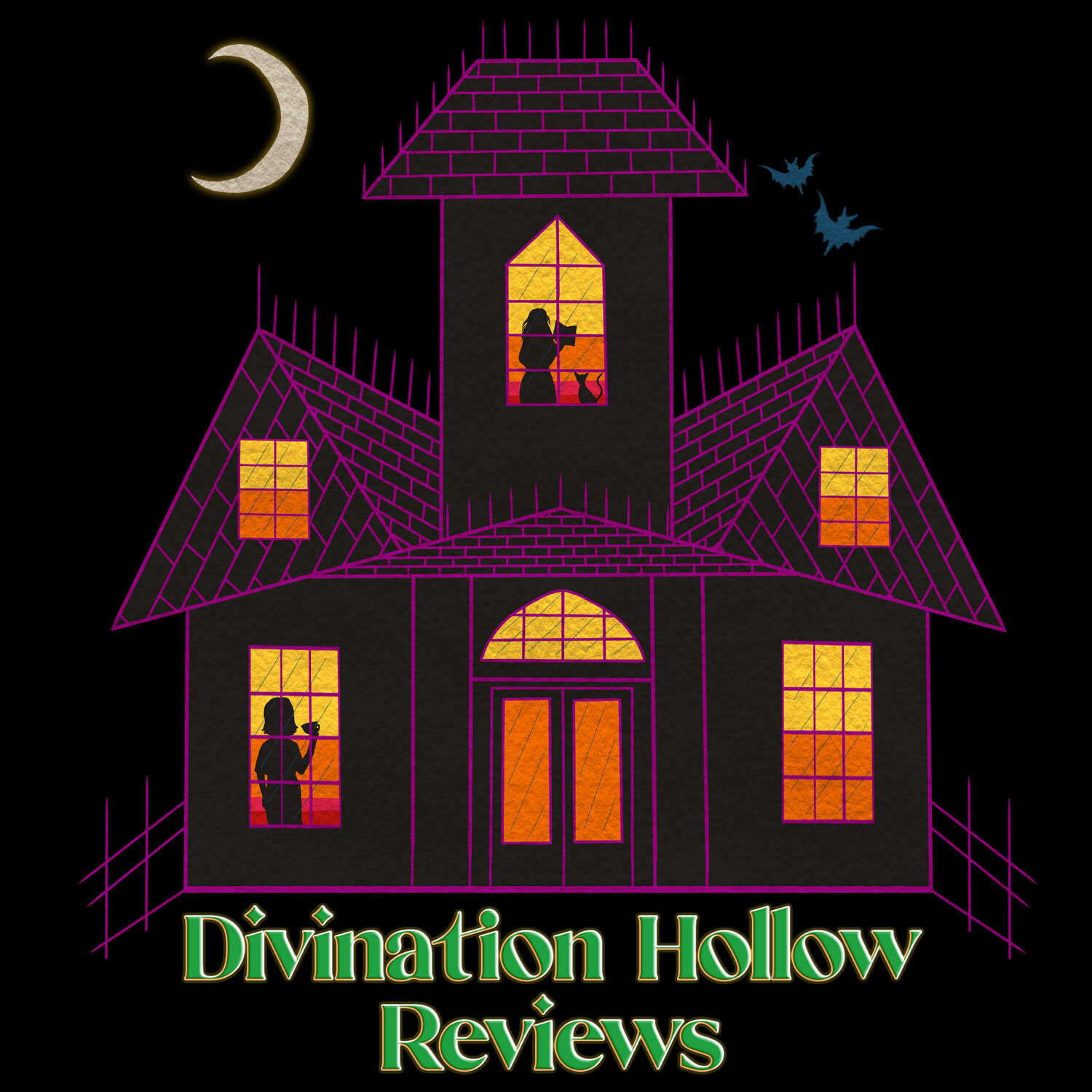Guest Post: Werewolves, Mood Swings, and The Hobgoblin of Little Minds
In the underground tunnels below Northville Psychiatric Hospital, the mood swings of the mentally ill are manipulated by a roque psychiatrist, transforming them into manic, savage beasts who seek justice by the light of the full moon.
I’m incredibly excited to announce my new novel, The Hobgoblins of Little Minds, is now available for presale in both Kindle and paperback formats. Publication date is less than 90 days from now. Thunderstorm Books will also be issuing a limited-edition hardcover, coming soon.
The cover art is by Vincent Chong, who has done covers for Stephen King, Joe Hill, and Josh Malerman, among others. The cover is being revealed for the first time to the public this week.
Horror as a genre is the most powerful way to tell dark truths, where external monsters match internal battles. The Hobgoblin of Little Minds tackles mental illness, particularly bipolar disorder, in a stark and stunning manner. It rewrites the Werewolf mythos, but never uses the word ‘Werewolf’, similar to how shows like The Walking Dead never use the word ‘Zombies’.
Werewolves are the Jungian self gone wild. They are the beast in the forest, unable to control their animal impulses, a victim to their primal nature. When this curse takes over, there is a mental, spiritual, and physical transformation. In The Hobgoblin of Little Minds, that transformation to beast is the mood swings that often come with bipolar disorder.
While Werewolves may be the beast within, it’s important to note when I say beast, I do not mean monster, for the beasts are often more noble than the human monsters who they feed upon.
Beyond my Master’s degree, twenty years working in behavioral health, and my own experience with hypomania, I read and consulted with multiple beta readers living with bipolar to gauge the verity and tone of the work. I’m eager to see how it is received to readers’ at large. My hope is to give depth to mental illness, a richness and an empathy, using the werewolf metaphor for both the depression and the mania.
While those with bipolar mania certainly suffer, they also demonstrate the flurry of power that humans are capable of, not unlike that of the curse of the werewolf. History is full of artists living with bipolar disorder, with the most beautiful of minds and amazing accomplishments but often times self-destructive results.
In the powerful memoir, An Unquiet Mind, Kay Redfield Jamison explains the extraordinary condition of mania: “My manias, at least in their early and milder forms, were absolutely intoxicating states that gave rise to great personal pleasures, an incomparable flow of thoughts, and a ceaseless energy that allowed the translation of new ideas into paper and projects.”
I am not alone in thinking of Werewolf as metaphor for bipolar disorder. There are numerous first-person accounts that cite the same, as well as scholarly articles.
In her thesis, My Life As A Werewolf, (Ohio State, 2015) the author Lauren Smith writes:
“I may have been living with this monster inside of me my whole life, but it didn’t manifest itself until my junior year of high school, when I was 17. My first real boyfriend was lucky enough to witness the change, and even luckier to have been the trigger of it… my kinship with werewolves and other monsters in literature and film has made me grow to love them, especially female monsters, when portrayed correctly. Monsters have always been rooted in psychology… They originated as horrific, dangerous beasts who couldn’t control their unstable tendencies and needed to be locked away or destroyed, much like the early ways of dealing with people who suffered from mental illness.”
Another scholarly article that speaks directly to the topic is called, “Folklore perpetuated expression of moon-associated bipolar disorders in anecdotally exaggerated werewolf guise.” (University of Cologne, Thomas C. Erren, Philip Lewis, 2018).
The article hypothesizes that “Moon-associated signals, recently linked to rapid cycling bipolar disorder, may have triggered extremely rare instances of extreme manic and aggressive behavior that may be compatible with the folklore of the werewolf.”
The article certainly does not conclude that the moon causes lycanthropy, but suggests: “Rather than ignoring folklore, scientists may want to think what biological roots may manifest in folklore tradition and tales. Such awareness could fuel new insights for individuals and populations in regards to the roots, causes, and significance of disease-associated traditions and tales, including the werewolf legend.”
In my novel, humans do not grow hair when they transform, but they do grow stronger, with amazing sensory powers and primal instincts. I do hope this story adds to the legend of the Werewolf, which, in some ways, is a forgotten archetype over the last few decades which has seen the rise of vampires first, then zombies second.
That is now changing. The moon is full and it’s the time of the wolf.
I invite you to take a look. Presale is offered at a discount, and publication date is just 90 days away.
The Hobgoblin of Little Minds presale
*Like the cover art? Look for a giveaway of Vincent Chong’s illustrated book “The Girl Who Builds Monsters” over on twitter
Mark Matthews is a graduate of the University of Michigan and a licensed professional counselor who has worked in behavioral health for over 20 years. He is the author of On the Lips of Children, All Smoke Rises, and Milk-Blood, as well as the editor of Lullabies for Suffering and Garden of Fiends. His newest novel, The Hobgoblin of Little Minds, is expected February, 2021. Reach him at WickedRunPress[@]gmail[.]com




